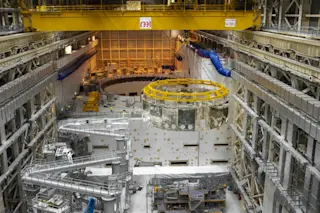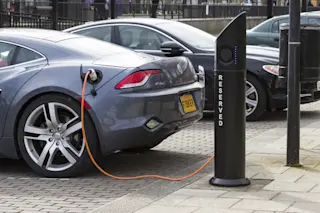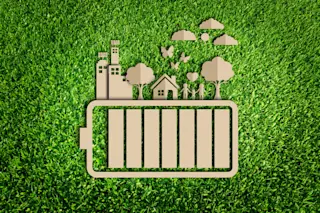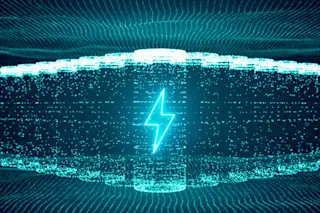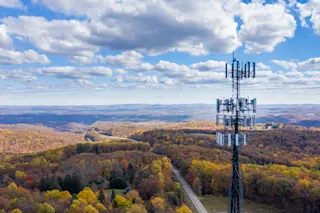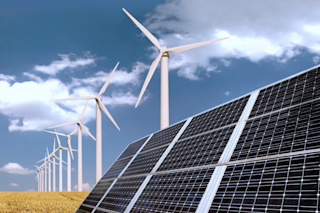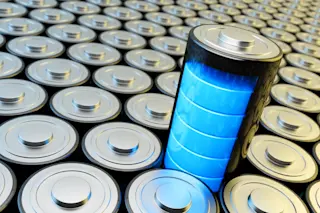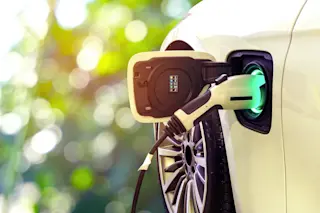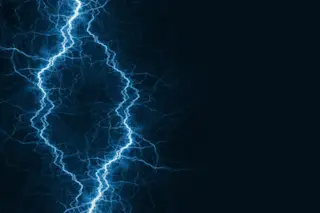An isolated North Atlantic archipelago courts a renewable energy boom.
Bejamin Benschneider, courtesy of the Bullitt Center
Designing buildings that produce more power than they consume.
Chesky/Shutterstock
9 Ways to Store Energy on the Grid
Innovative energy storage is key to a future of renewable, but unpredictable, solar and wind power.
Chances are you’re reading these words by the light of fossil fuels. Coal, oil and natural gas still account for 67 percent of energy use in the United States, a figure that sums up the nation’s conflicted stance on renewable energy.
Those carbon sources — the decomposed remains of prehistoric plants and animals — fueled an economic, industrial and social renaissance. But powering up came with a steep cost. Since the Industrial Revolution, atmospheric carbon dioxide levels have risen 42 percent. Greenhouse gases have cloaked Earth in an invisible blanket, raising global temperatures. On average, the world is 1.4 ...




